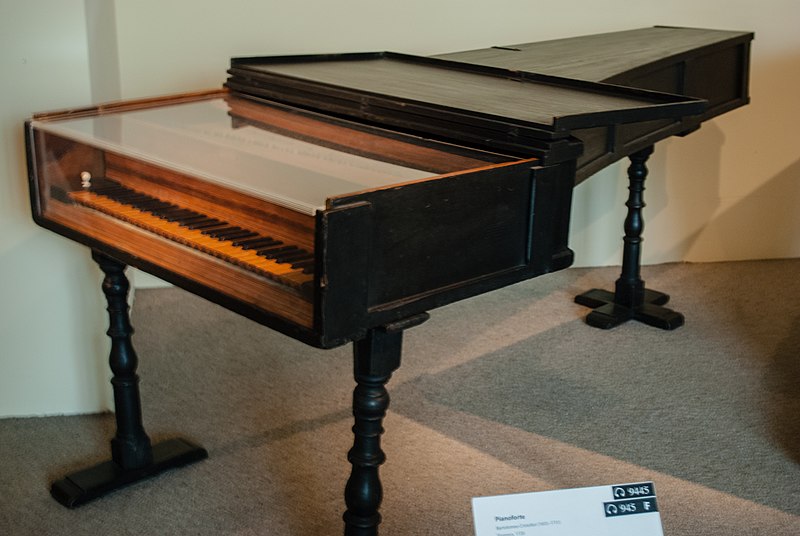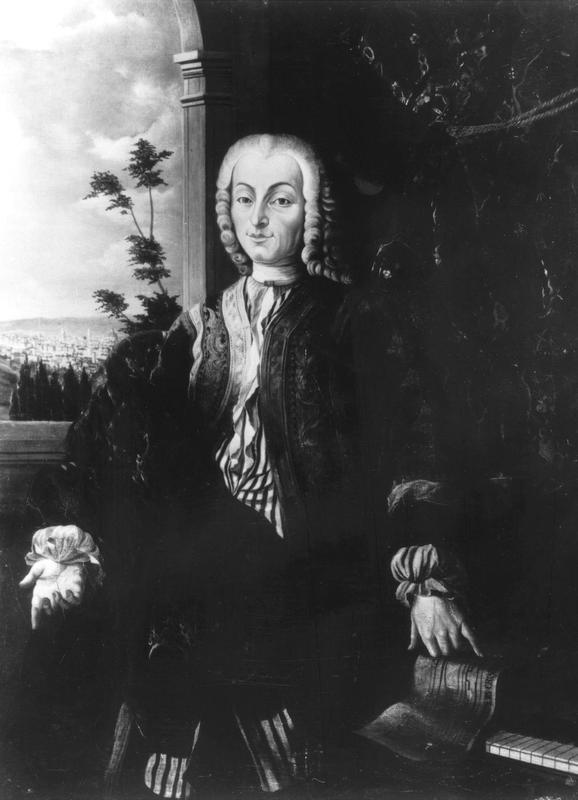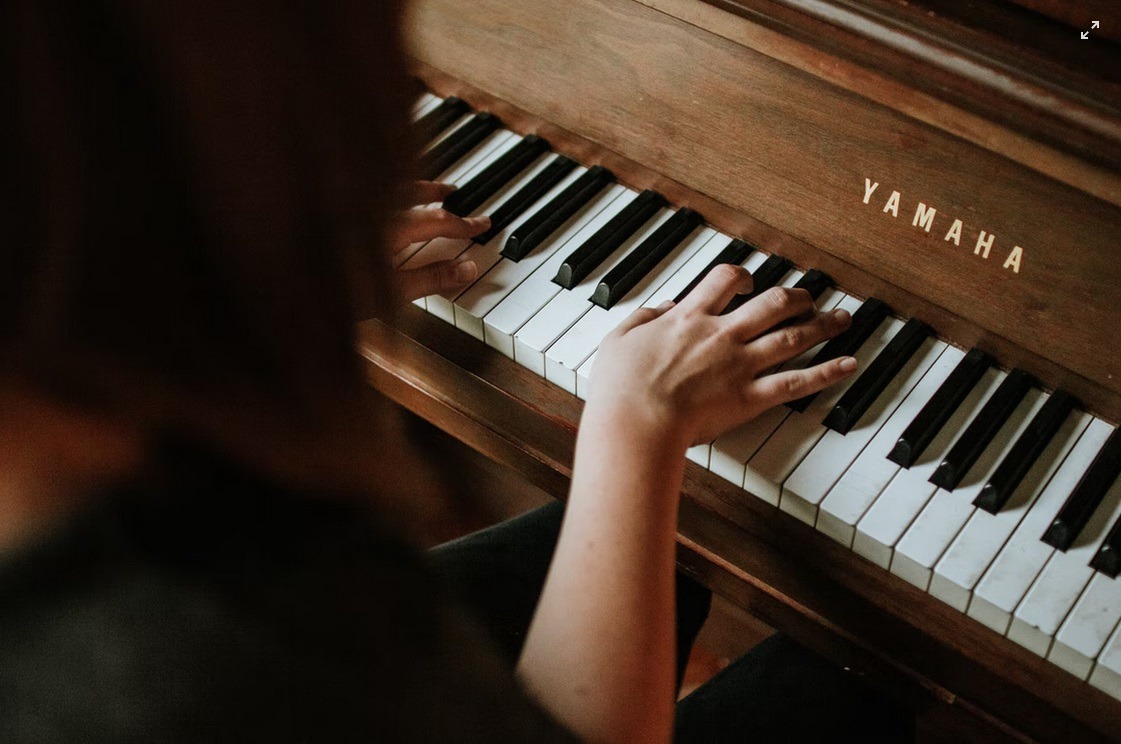The piano is among the most popular musical instruments that most people are aiming to learn. When it comes to learning how to play the piano, there are various styles to practice, and one of those is the stride piano style.
Piano Fun Facts

By Shriram Rajagopalan – Flickr: Met-32, CC BY 2.0, https://commons.wikimedia.org/w/index.php?curid=19752095
Did you know the piano has all instruments’ most expansive range of tones?
The piano is an incredibly complex instrument. It has over 12,000 parts, 10,000 of which are moving. It has lower than the lowest note of the double-bassoon and higher than the highest note of the piccolo: one instrument covers the entire orchestral range. If you play the piano, the lowest bass register is the first key on the left, and the highest treble register is the last on the right. With 88 black and white keys, the piano instrument creates beautiful tones worldwide.
Did you know a Portuguese-American pianist holds the Guinness World Record for hitting the most piano keys in one minute?
In March 2017, Gomez played 824 notes in one minute. That’s an incredible 13 types of tone per second! Domingos-Antonio Gomes (Antonio Domingos) has proven he has the fastest fingers in the business after breaking the previous record set in 2012. He broke his impressive form at a local music store in Lisbon. The title was first awarded to Hungarian pianist Peter Bence, who set the record for 765 keystrokes in one minute in January 2012. After his YouTube recordings, Bence became an instant sensation and has since demonstrated his dynamic virtuosity, performing well-known songs in a distinctive percussive style.
Did you know the first piano was invented in Italy?
The first piano was invented by an Italian harpsichord maker Bartolomeo di Francesco Cristofori, in 1709. Cristofori was the first to create the pianoforte, a keyboard instrument that strikes the strings with hammers. The new instrument had a dynamic range that allowed it to be played softly and loudly, a vast improvement over the limited dynamics of the harpsichord.
Did you know pianos used to have ivory keys?
Ivory was commonly used to make piano keys many years ago. This is due to its value, aesthetic qualities, and ability to absorb finger sweat. Ivory piano keys also help reduce the chances of a pianist’s fingers slipping off while playing compared to plastic keys. Ivory keys have a distinctive handle and grip and were very popular in the 1940s. They were porous, so they always felt relaxed. The whole key isn’t made of ivory, but it’s a thin keytop layer. However, the ivory key had some drawbacks. When ivory keys get dirty, it turns an ugly yellow, far from their beautiful white sheen. Further, laws have been passed to protect elephants from this type of production. They were banned in the United States in the 1950s and Europe in the 1980s.
Stride piano is a jazz piano style originating in American ragtime piano music. This method of playing the piano requires a left-hand technique wherein the pianist plays a four-beat pulse alternating between a bass note on beats one and three and a chord on beats two and four. Doing this produces a rhythmic “oom-pah” sound. The left- hands of stride players need to jump or stride long distances across the piano, freeing up the right hand to perform fast, exciting riffs and improvisations. For those who wish to learn stride piano playing, there are stride piano exercises that you can do. More information about the stride piano exercises can be found on the Piano Groove website.
If stride piano is quite new for you and you wish to learn more information about it, you’re in the right place. In this post, we are giving you 5 stride piano exercise facts you probably didn’t know about.
1. Why is it called Stride Piano?
The term “stride piano” came from the look of the striding motion of the left hand of the pianist, with its continuous alternation of bass notes on beats one and three and mid-range chords on beats two and four. It is commonly called stride piano, but it is actually Harlem stride piano. It is because it was in Harlem where this musical style was invented and first developed, particularly at rent parties where pianists competed with one another and tried to outplay their competitors. Attendees paid to watch the contests, which was the way musicians raised rent money back then.
2. Stride piano exercise has four characteristics
The stride technique is a highly rhythmic style of playing the piano with an alternating bass note and chord action. Some of its characteristics include:
- Left-hand jumping or “stride” wherein the left hand of the pianist leaps across the piano keys.
- Four-beat pulse – this has alternating bass notes and chords. The left-hand plays a single bass note, octave, or tenth on the first and third beats of the 4/4 measure and a chord on the second and fourth beats. The right hand, in contrast, plays syncopated melodic lines with fill-in patterns, harmonies, and riffs.
- Solo playing requires no rhythmic or harmonic accompaniment, making it used almost exclusively for piano solos.
- Improvisation – It is common for stride players to improvise as they play, even if ragtime music is traditionally composed.
3. There are great benefits that you can get from stride piano exercises
Some people may never want to play a stride piano song, but it is actually a skill worth learning. When you practice stride piano, you can enhance the following skills:
- Keyboard familiarity: When you do stride piano exercises, you will have a better understanding of where the notes on the piano are.
- Accuracy: Stride piano exercises will also help you play notes with more precision.
- Understanding of chords: Stride piano exercises will also help you better understand chord shapes, how they are made, as well as how to play them properly. This way, you will be able to see chords in a new light.
This means that learning even just some basic stride piano exercises will help improve all of the key skills that are needed to become a great piano player.
4. James P. Johnson is the father of the stride piano style
According to jazz historians, Harlem, New York, is the birthplace of stride piano, and James P. Johnson is the father of this style. He was born in New York in 1894 and was influenced by ragtime great Scott Joplin. James, being an innovator, wanted to take the Joplin style in a new light. With this, he incorporated the stride technique into his ragtime compositions, pushing the boundaries of the style into freshwaters. In addition to him, here are other notable names in the world of stride piano playing:
- Fats Waller – he studied under James Johnson. He was so gifted that they soon became peers. He was considered among the most prolific and talented jazz pianists and songwriters. His songs today are jazz standards played around the world, and one of those is “Ain’t Misbehavin’.
- Duke Ellington –was a master of all things jazz piano. He was a powerful influence on his piano style. Instead of remaining a stride pianist, he continually evolved and emerged as a big band leader, songwriter, and inspiration to young jazz musicians.
- Art Tatum – if James Johnson was the father of the stride style, Art Tatum was the royal heir. He has effortless but blinding fast technique, which sets him on a different level compared to other pianists. In fact, today, only a few pianists can emulate his technique and musical skills.
5. Stride piano playing can be varied
When you are doing stride piano exercises, it can get a bit boring to listen to after a while due to its repetitive characteristics. But no worries, as you can vary it up by doing various things. For example, you can do a reverse stride, which goes chord-bass-chord-bass. You can also mix it with a walking bassline or play two bass notes or chords in a row to vary the rhythm a bit. You can also anticipate bass notes or chords.
Conclusion
When you hear songs with fast tempos, quick chord changes, and intricate melodies, you will see why stride piano playing sends many budding pianists running for the hills. Stride piano playing is one of the challenging methods or styles of playing the piano, but it is worth it to learn as it can enhance your skills as a good pianist. We hope this post helped you learn more facts about stride piano exercise.



